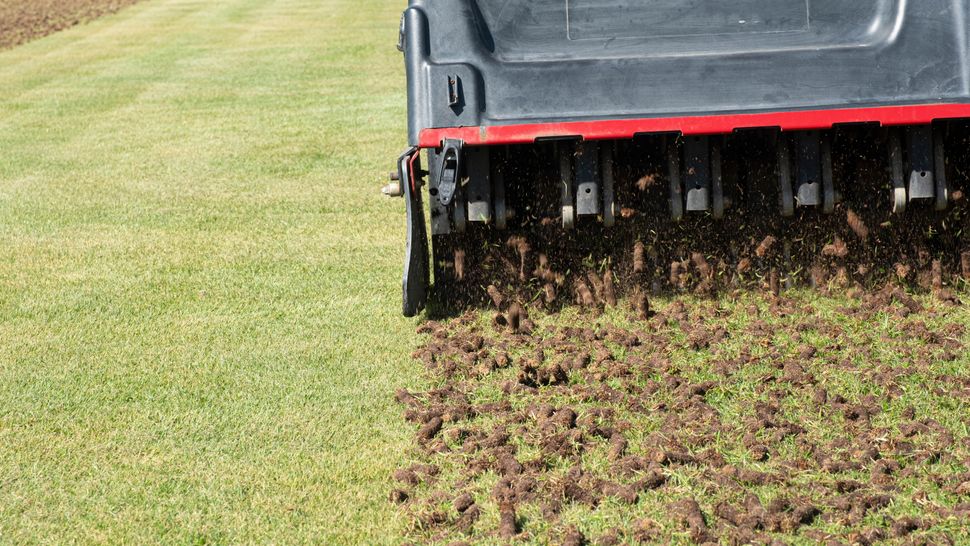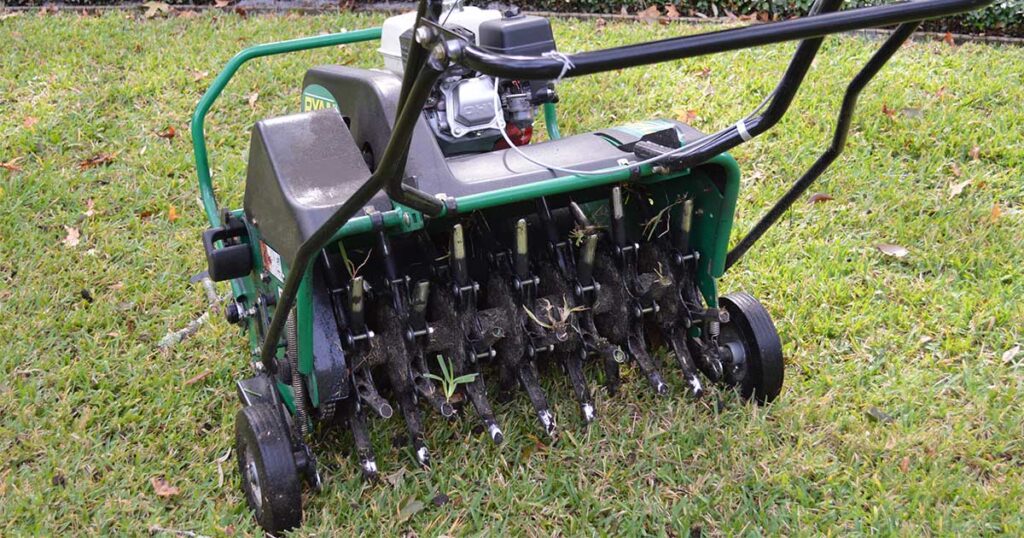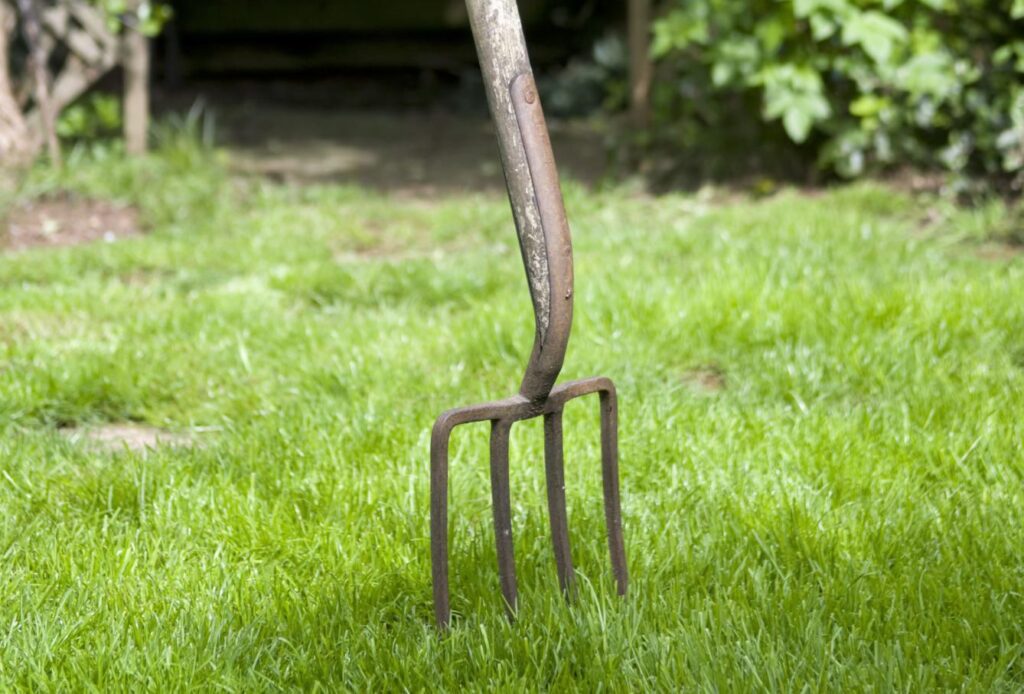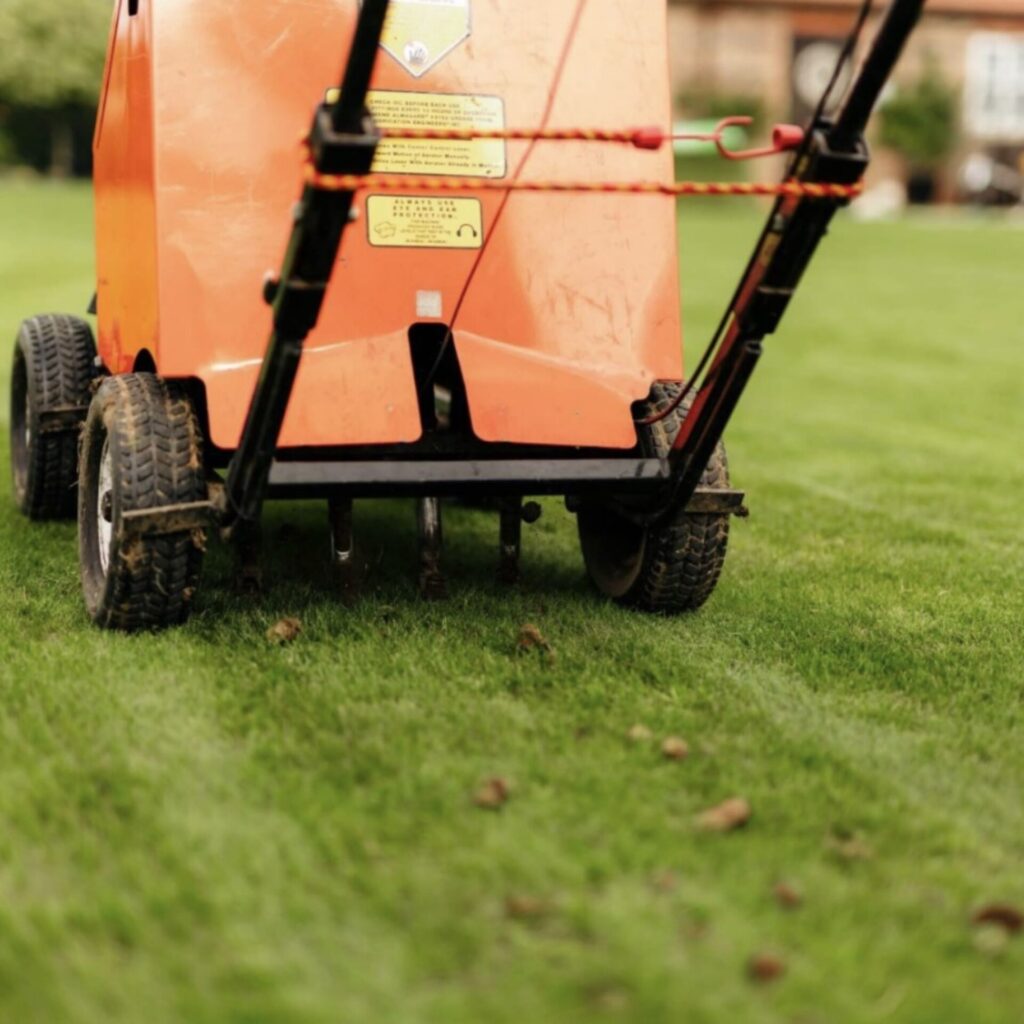A lush, green lawn doesn’t happen by accident—it requires care, attention, and the right techniques. One of the most essential steps in achieving healthy grass is lawn aeration. While many people rely on heavy machines to get the job done, you don’t need expensive equipment to reap the benefits. In this guide, we’ll show you exactly how to aerate your lawn without a machine, using simple tools and a bit of elbow grease.
What is Lawn Aeration and Why Is It Important?
Lawn aeration is the process of perforating the soil with small holes to allow air, water, and nutrients to penetrate down to the grass roots. This helps alleviate soil compaction, which can prevent proper circulation and limit grass growth.
Over time, especially in high-traffic areas, soil becomes compacted, and thatch (a layer of dead grass and roots) builds up. This restricts root development and leads to weak, patchy lawns. Aeration loosens up the soil and encourages deeper root growth, resulting in a stronger, healthier, and greener lawn.


When to Aerate Your Lawn
The best time to aerate your lawn depends on your grass type:
Cool-season grasses (like Kentucky bluegrass and fescue): Early spring or fall is ideal.
Warm-season grasses (like Bermuda or Zoysia): Late spring to early summer works best.
Aim to aerate when the soil is moist but not waterlogged—usually a day or two after rain or watering.
DIY Lawn Aeration Methods Without a Machine
Ready to aerate your lawn without renting or buying a bulky machine? Here are four tried-and-true methods to get the job done effectively:
1. Manual Lawn Aerator Tools (Affordable & Effective)
A manual spike aerator or plug aerator is a great alternative to motorized equipment. These tools look like a fork or a pair of spiked shoes and are pushed into the ground to create holes.
Spike Aerators: Push solid tines into the soil to poke holes.
Plug Aerators: Remove small plugs of soil for better results (preferable for compacted lawns).
Manual aerators are budget-friendly and perfect for small to medium lawns.
Pro tip: Use your body weight to press down. Aerate in a crisscross pattern for even coverage.
2. Garden Fork Method (Simple & Readily Available)
If you already own a garden fork, you’re halfway there! This method is ideal for small patches or trouble areas.
Steps:
Push the fork into the ground 3–4 inches deep.
Wiggle it back and forth to open up the soil.
Repeat every few inches across the lawn.
It’s a bit labor-intensive but very effective for relieving compacted soil and improving drainage.
3. Aerator Shoes (Fun Way to Multi-Task)
Ever heard of aerator shoes? These are sandals with spikes that strap over your regular footwear. As you walk around your yard, the spikes puncture the soil.
While not as thorough as plug aerators, they do help improve airflow and are great for light aeration. Plus, you can knock out your step count and lawn care at the same time!
Tip: Wear them while mowing the lawn or watering for an efficient multitask.
4. Natural Aeration Through Compost and Worms
For a low-maintenance approach, consider topdressing your lawn with compost and letting nature do the rest.
Worms and microorganisms naturally aerate the soil as they break down organic material. Spreading a thin layer (¼ to ½ inch) of compost not only adds nutrients but also improves soil structure over time.
This method is slow and more preventative but offers long-term benefits with minimal effort.


Post-Aeration Lawn Care Tips
After you aerate, it’s important to help your lawn recover and grow stronger. Here’s what to do next:
Water deeply after aeration to help the soil settle and support root development.
Apply fertilizer or compost to maximize nutrient absorption.
Overseed bare or thin patches if needed—this is a perfect time since seeds can reach deeper into the soil.
Avoid heavy traffic on newly aerated lawns for a few days.
Final Thoughts: Is Aerating Your Lawn Without a Machine Worth It?
Absolutely. While it takes a bit more time and physical effort, aerating your lawn manually is a cost-effective, eco-friendly way to boost your lawn’s health. Whether you’re using a garden fork, aerator shoes, or manual tools, the results will be worth it. A well-aerated lawn not only looks better—it resists drought, weeds, and disease more effectively.
So next time your lawn starts looking tired and compacted, skip the rental fees and try one of these DIY methods. Your grass (and your wallet) will thank you!

